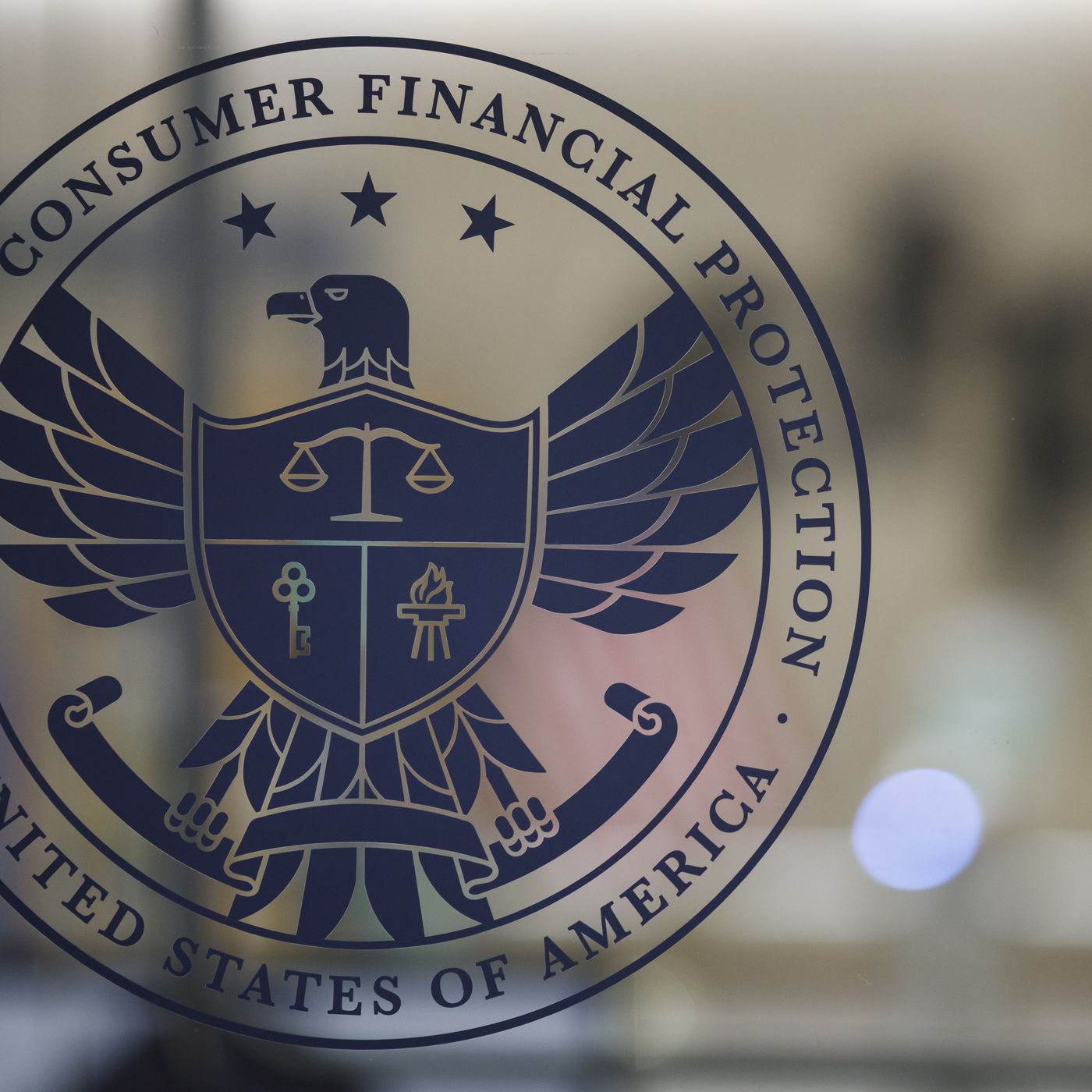

Finance
How To Report A Debt To Credit Bureau
Published: March 3, 2024
Learn how to report a debt to credit bureaus and manage your finances effectively. Take control of your financial future with our expert tips.
(Many of the links in this article redirect to a specific reviewed product. Your purchase of these products through affiliate links helps to generate commission for LiveWell, at no extra cost. Learn more)
Table of Contents
**
Introduction
**
Reporting a debt to a credit bureau is a crucial step in maintaining the integrity of financial transactions. When an individual or a business fails to fulfill their financial obligations, it can have a significant impact on their credit score and overall financial standing. Understanding the process of reporting a debt to a credit bureau is essential for creditors and businesses alike, as it ensures that accurate and fair information is provided to credit reporting agencies.
In the world of finance, credit bureaus play a pivotal role in assessing an individual's or a business's creditworthiness. These agencies gather and maintain financial data, including credit card balances, loan payments, and other debt-related information, to generate credit reports and scores. When a debt is reported to a credit bureau, it becomes a part of the individual's or business's credit history, influencing their ability to secure future loans, obtain favorable interest rates, and engage in various financial transactions.
Understanding the intricacies of reporting a debt to a credit bureau empowers creditors to take appropriate actions when faced with delinquent accounts. By following the correct procedures and providing accurate information, creditors can ensure that the credit bureau receives the necessary details to update the debtor's credit report. This process serves as a protective measure for creditors, as it helps in mitigating the impact of non-payment and delinquency on their financial operations.
In this comprehensive guide, we will delve into the essential steps involved in reporting a debt to a credit bureau, including the necessary information required, and the subsequent follow-up process. By gaining a thorough understanding of these procedures, creditors and businesses can effectively navigate the complexities of credit reporting, thereby safeguarding their financial interests and upholding the integrity of the credit system.
Understanding the Credit Bureau
Before delving into the process of reporting a debt to a credit bureau, it is imperative to grasp the fundamental role of these entities in the financial landscape. Credit bureaus, also known as credit reporting agencies, are organizations that compile and maintain financial information about individuals and businesses. Their primary function is to assess and report creditworthiness, providing this information to creditors, lenders, and other authorized parties.
These agencies collect data from various sources, including banks, credit card companies, collection agencies, and public records, to create comprehensive credit reports for individuals and businesses. The information gathered encompasses a wide array of financial activities, such as credit card balances, loan payments, outstanding debts, and bankruptcies. This data is then utilized to generate credit scores, which serve as a numerical representation of an individual’s or business’s creditworthiness.
Understanding the credit bureau’s role in the credit reporting process is essential for creditors and businesses seeking to report a debt. By comprehending how credit bureaus operate and the significance of the information they compile, creditors can ensure the accuracy and relevance of the data provided. Moreover, this understanding enables creditors to navigate the reporting process effectively, thereby contributing to the integrity and fairness of the credit system.
It is important to note that credit bureaus operate independently of each other, and the information they maintain may vary. Therefore, when reporting a debt to a credit bureau, it is crucial to identify the specific agency to which the report should be submitted. This ensures that the relevant credit report is updated with the accurate information, thereby influencing the debtor’s credit standing appropriately.
By comprehending the pivotal role of credit bureaus in the financial domain, creditors and businesses can approach the process of reporting a debt with clarity and precision. This understanding serves as a cornerstone for maintaining the accuracy and reliability of credit reporting, ultimately contributing to the fair and equitable assessment of creditworthiness.
Steps to Report a Debt to Credit Bureau
Reporting a debt to a credit bureau involves a series of structured steps to ensure that the information provided is accurate, relevant, and compliant with the guidelines set forth by credit reporting agencies. By following these steps meticulously, creditors and businesses can effectively communicate the details of delinquent accounts to credit bureaus, thereby influencing the debtor’s credit history and financial standing.
1. Assess the Debt: Before initiating the reporting process, it is essential to assess the debt thoroughly. This involves verifying the outstanding amount, the timeline of non-payment, and any relevant documentation associated with the debt. By gaining a comprehensive understanding of the debt, creditors can provide accurate information to the credit bureau, enhancing the credibility of the report.
2. Identify the Relevant Credit Bureau: As credit bureaus operate independently, it is crucial to identify the specific agency to which the debt should be reported. This ensures that the information is directed to the appropriate entity, thereby influencing the debtor’s credit report accurately. Creditors can utilize the debtor’s credit report to identify the relevant credit bureau or seek professional guidance to determine the appropriate agency.
3. Submit a Formal Report: Once the debt assessment is complete and the relevant credit bureau is identified, creditors must submit a formal report detailing the delinquent account. This report should include essential information such as the debtor’s identifying details, the outstanding debt amount, the timeline of non-payment, and any relevant supporting documentation. The report should be structured and comprehensive, providing the credit bureau with a clear understanding of the debt.
4. Utilize the Dispute Resolution Process: In some cases, debtors may dispute the accuracy of the reported debt. Credit bureaus provide a dispute resolution process through which debtors can challenge the information in their credit report. As a result, creditors should be prepared to engage in this process, providing necessary documentation and evidence to substantiate the accuracy of the reported debt.
5. Monitor the Credit Report: After reporting the debt to the credit bureau, creditors should monitor the debtor’s credit report to ensure that the information is accurately updated. This involves regularly reviewing the credit report to verify the inclusion of the reported debt and any subsequent changes in the debtor’s credit standing. By monitoring the credit report, creditors can ascertain the impact of the reported debt on the debtor’s credit history.
By diligently following these steps, creditors and businesses can effectively report a debt to a credit bureau, thereby influencing the debtor’s credit standing and contributing to the accuracy of credit reporting. This process serves as a pivotal mechanism for maintaining the integrity of financial transactions and upholding the fairness of the credit system.
Providing Necessary Information
When reporting a debt to a credit bureau, the provision of accurate and comprehensive information is paramount to ensure the integrity and relevance of the reported data. Creditors and businesses must meticulously furnish the necessary details to the credit bureau, enabling the agency to update the debtor’s credit report with precision and accuracy.
1. Debtor’s Identifying Information: The first and foremost piece of information to provide is the debtor’s identifying details. This includes the individual’s or business’s full name, current address, social security number (for individuals), and any other pertinent identifying information. Furnishing accurate identifying details is crucial for the credit bureau to associate the reported debt with the correct debtor.
2. Outstanding Debt Amount: Clearly specifying the outstanding amount of the debt is essential for the credit bureau to accurately update the debtor’s credit report. This includes the principal amount of the debt, any accrued interest, and any additional charges or fees associated with the delinquent account. Providing a detailed breakdown of the outstanding debt amount enhances the completeness of the report.
3. Timeline of Non-Payment: Communicating the timeline of non-payment is vital to contextualize the delinquent account. Creditors should provide the dates of missed payments, the duration of delinquency, and any relevant information regarding communication with the debtor regarding the outstanding debt. This timeline offers the credit bureau insights into the progression of non-payment, influencing the debtor’s credit history accordingly.
4. Supporting Documentation: Furnishing supporting documentation, such as copies of invoices, contracts, or communication regarding the debt, strengthens the credibility of the reported information. These documents serve as evidence of the debt and the creditor’s efforts to address the non-payment, providing the credit bureau with a comprehensive understanding of the delinquent account.
5. Legal Actions Taken: If legal actions have been initiated to address the delinquent account, such as the issuance of a formal demand letter or the commencement of legal proceedings, this information should be conveyed to the credit bureau. The inclusion of legal actions provides additional context to the reported debt, highlighting the creditor’s efforts to resolve the non-payment.
By providing these essential details to the credit bureau, creditors and businesses can ensure the accuracy and relevance of the reported debt. This comprehensive information equips the credit bureau with the necessary insights to update the debtor’s credit report, thereby influencing their credit standing in a fair and transparent manner.
Following Up on the Report
After reporting a debt to a credit bureau, it is imperative for creditors and businesses to engage in diligent follow-up to ensure the accuracy and relevance of the reported information. This proactive approach enables creditors to address any discrepancies, respond to debtor disputes, and monitor the impact of the reported debt on the debtor’s credit standing.
1. Verification of Reported Information: Following the submission of the report, creditors should verify that the credit bureau has accurately updated the debtor’s credit report with the reported debt. This involves reviewing the debtor’s credit report to ensure the inclusion of the reported account, the outstanding debt amount, and the associated timeline of non-payment. Any discrepancies should be promptly addressed with the credit bureau to rectify the reported information.
2. Responding to Debtor Disputes: In the event that the debtor disputes the reported debt, creditors should be prepared to engage in the dispute resolution process facilitated by the credit bureau. This may involve providing supporting documentation, evidence of the debt, and any relevant communication with the debtor regarding the outstanding amount. By actively participating in the dispute resolution process, creditors can substantiate the accuracy of the reported debt.
3. Monitoring Credit Report Changes: It is essential for creditors to monitor the debtor’s credit report following the reporting of the debt. This enables creditors to observe any changes in the debtor’s credit standing, including the impact of the reported debt on their credit score and overall creditworthiness. By vigilantly monitoring the credit report, creditors can gauge the repercussions of the reported debt on the debtor’s financial profile.
4. Addressing Inaccuracies or Omissions: If inaccuracies or omissions are identified in the reported information or the debtor’s credit report, creditors should promptly liaise with the credit bureau to rectify these issues. This may involve providing additional details, clarifications, or corrections to ensure that the reported debt is accurately represented in the debtor’s credit history. Addressing inaccuracies or omissions contributes to the fairness and transparency of credit reporting.
By diligently following up on the reported debt, creditors and businesses can uphold the accuracy and relevance of the information provided to credit bureaus. This proactive approach serves as a safeguard against potential discrepancies, disputes, or inaccuracies, ultimately contributing to the integrity and fairness of the credit reporting process.
Conclusion
Reporting a debt to a credit bureau is a pivotal process that influences an individual’s or business’s credit history and financial standing. By comprehending the essential steps involved in this process, creditors and businesses can effectively communicate the details of delinquent accounts to credit bureaus, contributing to the accuracy and fairness of credit reporting.
Understanding the role of credit bureaus in assessing and reporting creditworthiness is fundamental to navigating the reporting process. These agencies compile and maintain financial data, generating credit reports and scores that significantly impact an individual’s or business’s ability to engage in financial transactions. By comprehending the pivotal role of credit bureaus, creditors can approach the reporting process with clarity and precision, ensuring the accuracy and relevance of the reported debt.
Providing necessary information to the credit bureau is paramount in influencing the debtor’s credit history accurately. Furnishing details such as the debtor’s identifying information, outstanding debt amount, timeline of non-payment, supporting documentation, and legal actions taken strengthens the credibility of the reported debt, enabling the credit bureau to update the debtor’s credit report with precision.
Engaging in diligent follow-up after reporting the debt is essential to address any discrepancies, respond to debtor disputes, and monitor the impact of the reported debt on the debtor’s credit standing. By verifying reported information, responding to disputes, and monitoring credit report changes, creditors uphold the accuracy and relevance of the reported debt, contributing to the fairness and transparency of credit reporting.
In essence, the process of reporting a debt to a credit bureau is a cornerstone of maintaining the integrity and fairness of financial transactions. By adhering to the structured steps, providing comprehensive information, and engaging in proactive follow-up, creditors and businesses play a crucial role in upholding the accuracy and relevance of credit reporting, thereby contributing to the equitable assessment of creditworthiness.














